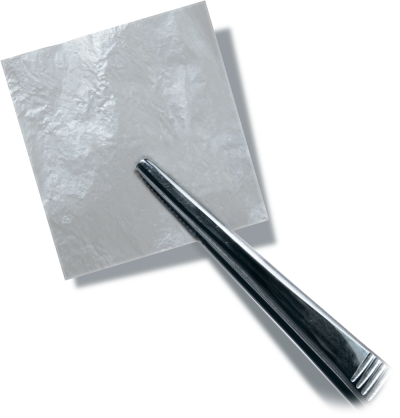Wounds treated with Genometree Health’s product portfolio
RESOURCES
Wound
Education
Diabetic foot ulcers result from skin tissue breaking down and exposing the layers underneath.
Venous leg ulcers occur when leg veins do not push blood back up towards the heart as well as they should, resulting in blood backing up in veins and building up pressure. The increased pressure and excess fluid in the affected area can then cause an open sore to form.
Lacerations pass through all layers of the skin into underlying tissues such as muscle or bone.
Dehiscence is a common complication of surgical wounds involving the reopening of a surgical incision along the suture.
Pressure ulcers are injuries to skin and underlying tissue resulting from prolonged pressure on the skin.
References
- Carpenter S et al. 2016;28(6 Suppl):S1-S20.
- James GA et al. Wound Repair Regen.2008;16:37-44.
- Malone M et al. J Wound Care.2017;26(1):20-25.
- Schultz G et al. Wound Repair Regen.2017;25(5):744-757.
- Donlan RM et al. Clin Microbiol Rev.2002;15(2):167-193.
- Phillips PL, Wolcott RD, Fletcher J, Schultz GS. Biofilms made easy. Wounds International website. www.woundsinternational.com/made-easys/view/biofilms-made-easy. Published May 17, 2010. Accessed December 20, 2016.
- Leaper D, Snyder RJ. Association for the Advancement of Wound Care. Publication No. UKCTA0021. 2008:5-8.
- Schierle CF, De la Garza M, Mustoe TA, Galiano RD. Wound Repair Regen. 2009;17(3):354-359.
- Wolcott R, Dowd S. Plast Reconstr Surg. 2011;127(suppl 1):28S-35S.
- Brantley J, Park H, Sanchez P, Fitzgerald R. Wounds Int. 2016;7(3):1-5. 6. Percival SL, Vuotto C, Donelli G, Lipsky BA. Adv Wound Care. 2015;4(7):389-397.


